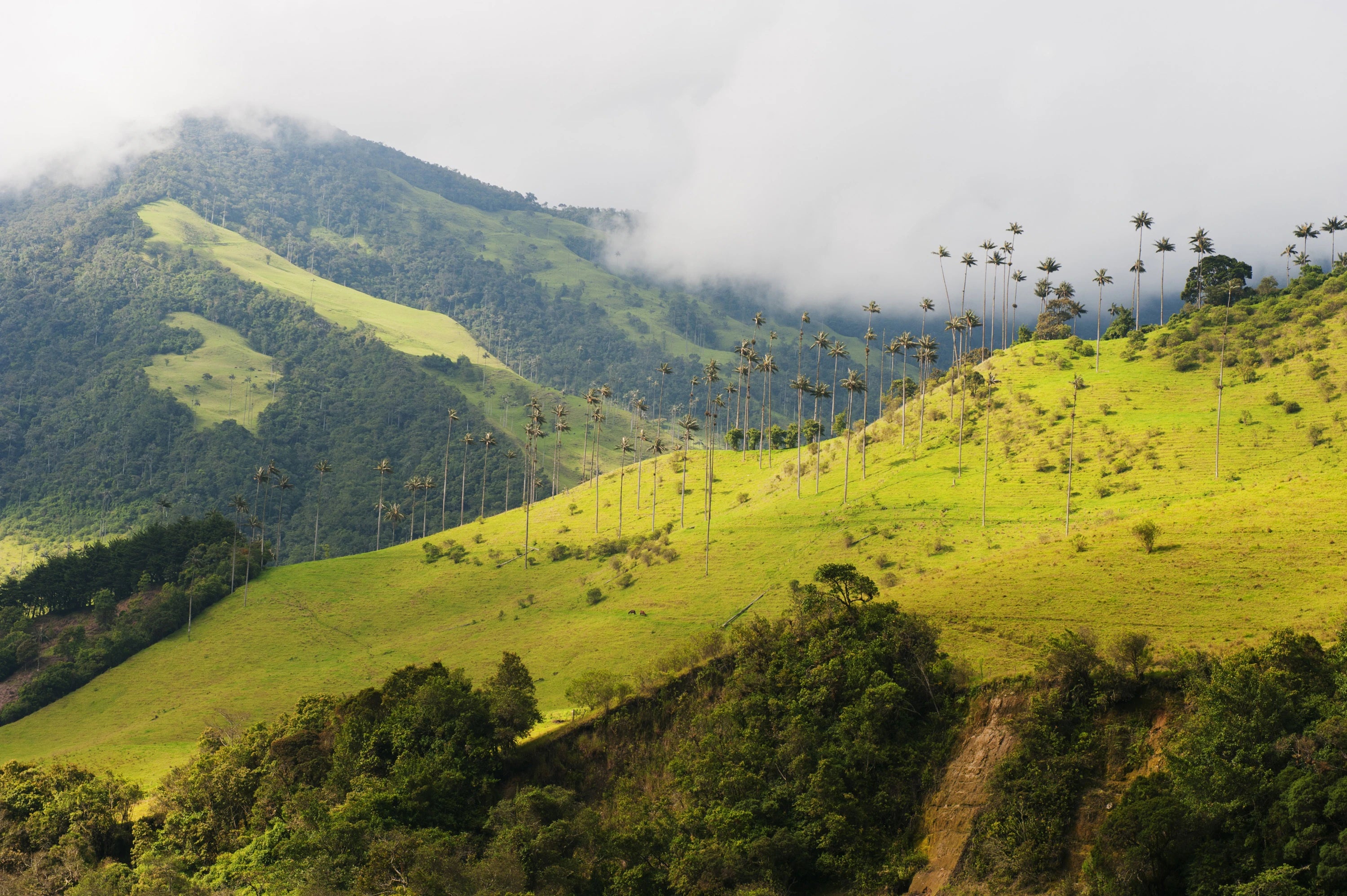
Quindio
Coffee Production in Quindío, Colombia
1. Historical Background
The department of Quindío, located in Colombia’s western Andes, has long been considered one of the most emblematic coffee-growing regions in the country. Coffee cultivation in Quindío dates back to the 19th century, when settlers from other parts of Colombia migrated into the region and established small farms in its mountainous landscape. These early coffee pioneers laid the foundation for what would become a deeply rooted agricultural and cultural identity. Over time, Quindío’s combination of fertile volcanic soil, consistent rainfall, and elevations ranging from 1,200 to 2,000 meters above sea level made it a natural hub for high-quality Arabica production. Alongside Caldas and Risaralda, Quindío forms part of the “Eje Cafetero,” or Coffee Axis, which UNESCO declared a World Heritage Site in 2011 for its unique integration of coffee heritage, culture, and landscape.
2. 20th Century Growth and Regional Development
In the 20th century, Quindío emerged as a key node in Colombia’s national coffee infrastructure, contributing significantly to the country’s growing export economy. Coffee farms in Quindío have remained predominantly small-scale and family-run, a model that helped preserve quality and foster community resilience. Even after the 1999 earthquake that devastated the region, Quindío’s coffee sector rebounded with the help of cooperatives, NGOs, and government support. Institutions like the National Federation of Coffee Growers (FNC) have maintained a strong presence, providing technical assistance, market access, and quality control protocols. The region also became a central destination for coffee tourism, with towns like Salento, Filandia, and Armenia serving as cultural and logistical hubs for both visitors and traders.
3. Present-Day Production and Processing Trends
Today, Quindío remains a vibrant center of Colombian coffee production. Most producers cultivate traditional Arabica varieties such as Caturra, Colombia, Typica, and Bourbon, with newer hybrids like Castillo also being adopted for their resistance to disease. Coffee is grown on steep slopes at high altitudes, which enhances cherry density and sweetness. The washed processing method remains dominant, but there is a growing trend toward natural, honey, and experimental fermentations, especially among younger producers and those catering to the specialty market. Many farms now have on-site beneficio (wet mills), allowing for greater control over fermentation and drying. Elevation, climate, and meticulous processing practices result in coffees known for their bright acidity, medium body, floral aromatics, and notes of citrus, red fruit, and panela.
4. Market Dynamics and Trade Challenges
Quindío coffees have long enjoyed a solid reputation in both domestic and international markets, particularly among buyers seeking classic Colombian cup profiles. The region’s accessibility, infrastructure, and tourist appeal have also made it a favorite for roasters looking to visit origin and build direct trade relationships. However, producers in Quindío face several challenges: climate change is affecting rainfall and flowering cycles, urbanization is shrinking available farmland, and an aging farming population threatens long-term sustainability. Despite these issues, cooperatives and private exporters have worked to increase traceability, pay quality premiums, and offer technical training to help farmers adapt to new demands in the specialty sector.
5. Outlook
Looking ahead, Quindío is well-positioned to continue its legacy as one of Colombia’s leading coffee-producing regions. The integration of coffee culture with eco-tourism offers unique opportunities for origin storytelling and consumer education. Investments in experimental processing and direct trade partnerships are helping Quindío producers reach new markets and differentiate their coffees. If regional actors can address generational turnover and climate adaptation, Quindío will remain a cornerstone of Colombia’s coffee identity—both as a source of quality beans and as a symbol of the country’s rich coffee heritage.
Learn more about the Origin
Shop Coffees from Quindio
-
Example product title
Regular price $19.99 USDRegular priceUnit price / per -
Example product title
Regular price $19.99 USDRegular priceUnit price / per -
Example product title
Regular price $19.99 USDRegular priceUnit price / per -
Example product title
Regular price $19.99 USDRegular priceUnit price / per

